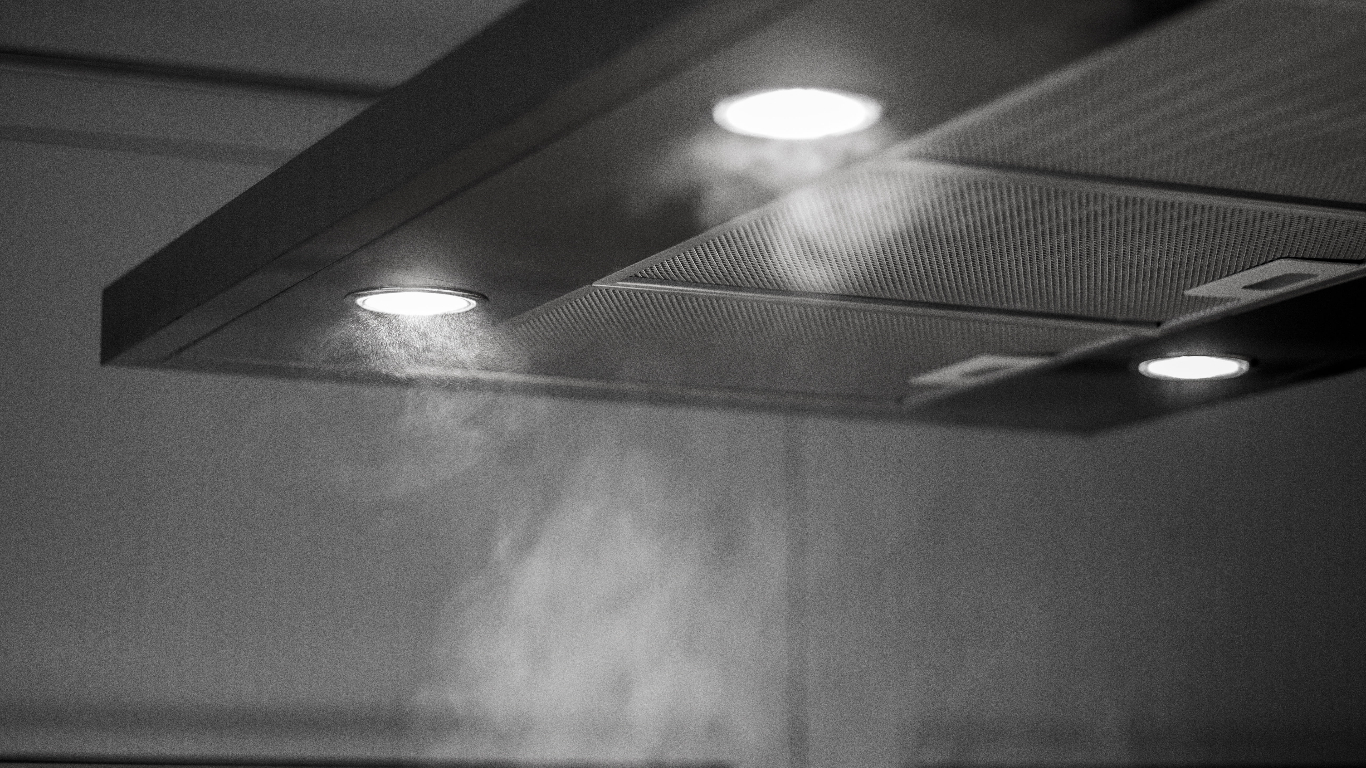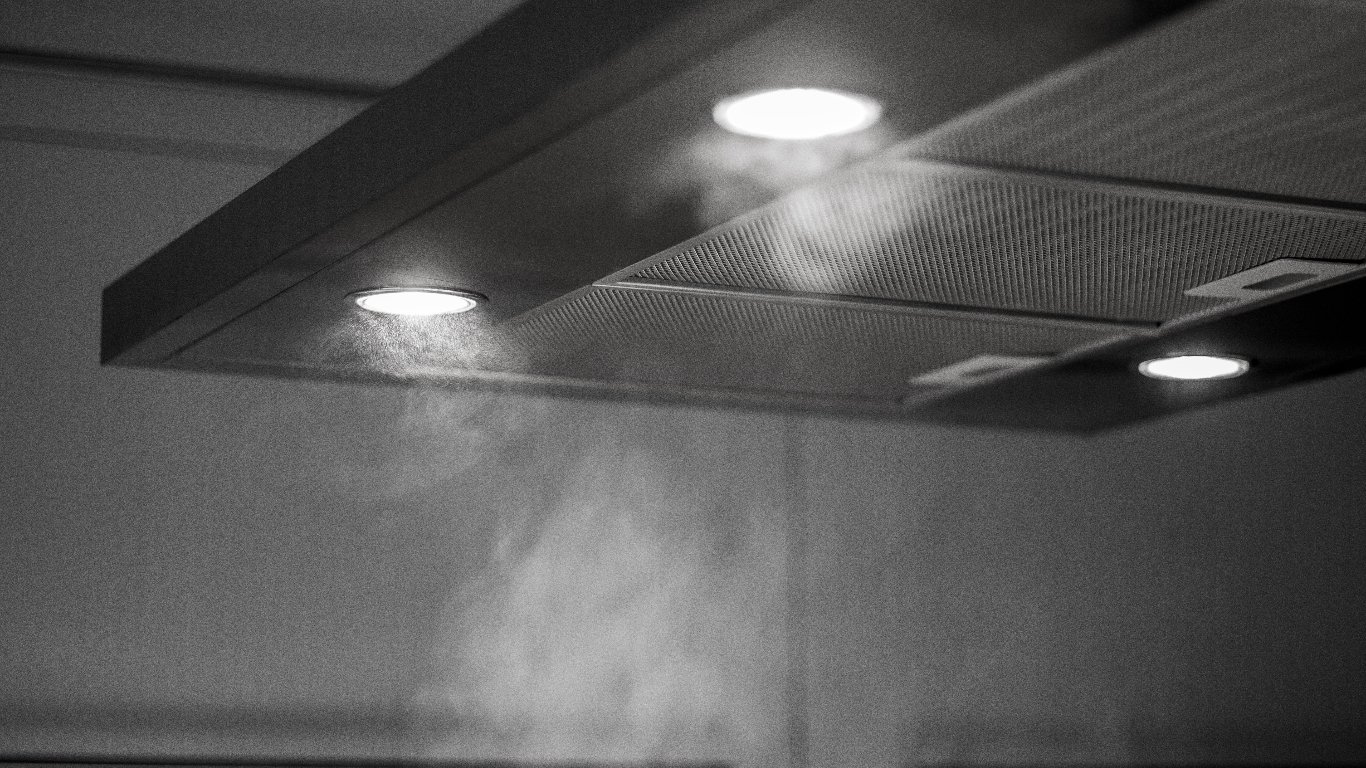
Some dangers to our immediate health and well-being are far more obvious than others, it is fair to say. Workplace-wise, ladders, for example, put up in precarious positions pose a significant threat to those using them, as well as those in close proximity. While elsewhere the perceived threat presented by exposed wiring in an office or factory surround is often an inescapable observation.
But then there's the less flagged-up dangers which can go largely unnoticed by the general public, such as a pressing one we're about to highlight and explain further in this blog. Air ducts - and ventilation systems per se - fall into the category of unseen dangers when it comes to safeguarding the health of employees (in particular) and third parties - including visitors to certain premises.
Why is This Though, and What Can We Do to Minimise the Threat?
Primarily because there's an awful lot of pathogens either hiding in or emitting from your air ducts. From damp, fungi and bacteria and certain viruses, to harmful fumes and quite possibly traces of vermin activity. Let's take a quick look at selected scenarios which might throw up fundamental issues. One, which instantly spring to mind, centres on commercial kitchens. Cooking within these surrounds generate airborne grease, carbon and of course, steam. All of which can condense on the inner walls of a more industrial kitchen's ventilation ductwork.
Failure to perform routine cleaning of the ventilation system - and by proxy - the ductwork would almost certainly lead to the build-up of harmful deposits, restrict air flow and ultimately foster some pretty noxious odours. What is of a more grave danger would be the fire hazard posed by this perfect storm; with grease being widely recognised as an accelerant property.
Another situation which could easily cause a problem would be an office space. An every day, and familiar, location which could harvest public health issues, courtesy of the air ducts which form a component part of the building. Moreover the interactive relationship employees orthodoxically enjoy with said property. Again, traces of dust, pollen and other unseen particles which can congregate and linger in our immediate airspaces can wreak havoc with our health and wellbeing. Which in turn can result in a falloff in productivity as a consequence of workers taking time off due to illness pre-determined by poorly maintained ductwork and ventilation systems.
Cleaning, Cleaning, Cleaning
In a word - or rather three - cleaning is the solution to the threat posed by airborne contaminants found freely thriving in under-monitored air ducts and ventilation assemblages. Unfortunately, while a number of sectors have air duct and ventilation systems that require constant vigilance and necessary and timely housekeeping schedules to be undertaken, this is not always deemed a high priority by employers/building owners; the health upshot of which we've highlighted above.
One of the problems is legislation. Legal requirements are not always as overarching as they should be, or at least, might otherwise imagine them to be, which in turn engenders a sense of negligence, albeit unintentionally, amongst those parties who fail to acknowledge the underlying importance of keeping ductwork clean and fit for purpose. That said COSHH and HSE rules and regulations are in place to ensure most people are singing from the same hymn sheet, so to speak. If only acting as guiding principles and strongly recommended voices of reason from the outset.
So, What Are the Best Practices When Considering a Robust Ductwork and Ventilation System Cleaning Timescale?
Many of us spend a fair amount of time working in retail units, commercial kitchens, factories, warehouses and office blocks, where ventilation systems are commonplace in order to redirect air around said premises. While we obviously don't live in such places, given the passage of time we commit to being there it's imperative that air ducts located within are appropriately cleaned. Both for the aforementioned health and safety reasons.
As we've already mentioned, ductwork can quickly become superhighways for dirt, dust, mold, mildew, slime and a whole host of other debris to collect relatively unnoticed by the human eye, together with far more noxious biological pathogens which don't do us a lot of good, truth be told. Therefore regular cleaning, as well as eliminating the prospect of contamination, brings with it the advent of fresher air, and the altogether more positive health benefits associated with it.
Before You Go Into More Detail About Best Practices, Could You Reiterate the Subject of Duct Cleaning and Current Legislation. Specifically how That Exactly Stands Right Now?
According to the 'Workplace Health, Safety & Welfare Regulations Act 1992', the following criteria applies. That being that 'effective and suitable provision shall be made to ensure that every enclosed workplace is ventilated by a sufficient quantity of fresh or purified air remains intact.' In terms of ventilation, we're effectively talking about (re: ACOP6 (52), Regulation 6) mechanical ventilation systems - including air conditioning assemblages - being both routinely and adequately cleaned. In addition to this fundamental protocol, it's also strongly recommended that testing and maintenance are carried out at regular intervals, so as to safeguard against the proliferation of any materials which may contaminate the air.
In tandem with this, the associated ACOP5 (41), Regulation 5, stipulates that workplaces - and equipment, devices and systems within - are free of faults that are considered likely to directly impact on the health, safety and welfare of employees, providing 'an adequate level of hygiene'. What's more, should a defect be uncovered and highlighted, rectification needs to be actioned via duct cleaning principles immediately.
Returning to The Primary Question However. And How Often Should You Clean Your Air Ducts and Ventilation Systems?
To prevent the build-up of airborne contaminants which tend to congregate in ductwork, comprehensive levels of duct cleaning and hygiene surveys need to be implemented to ensure against the manifestation and subsequent spread of pathogens. Realistically - and as a more general rule of thumb - cleaning schedules are largely governed by individual system installation dates, the size of the premises which the individual ventilation system serves, operating periods and schedules, the physical nature of the premises in which they're present, taking into account any other form of filtration equipment used, costs and local building regulations.
Ductwork cleaning methodology is also divided into the two camps as well; differing between older and newer ductworks. With reference to the first, it will come as little surprise to learn that older ductwork can become susceptible to a range of potential contaminations, including dust, dirt, debris, mold and slime. Most ducts will also collect small amounts of dry dust on their surfaces. From a new ductwork perspective - or by a similar token, replacement - sufficient access within the ducting for cleaning needs to be utmost in the installer's logistical mind and physical approach. Core components also need to be cleanable - or replaceable - once they are exposed to contaminants, whilst new equipment needs to remain sealed pre-installation, to guard against the possibility of pathogens entering the system. All new air ducts and/or pivotal parts require cleaning prior to connection to the ventilation system.
Which leads us on to the topic of ductwork cleaning timelines.
As you might expect, some buildings require a more timely duct-cleaning intervention policy, with hospitals being a good example of this. Detailed research carried out has determined how ventilation systems play an integral role in the distribution of airborne infections; notably the likes of MRSA. A perfect blend of contaminants containing trace elements of human skin and hair particles, combined with ambient temperatures and humidity levels raise threat levels, as micro-organisms prosper.
However away from these more volatile environments which are universally recognised as more prone to pathogen spreading, other properties such as offices, factories, workshops, shopping centres and warehouses should ideally look to perform either six-monthly or annual cleans of ductworks and ventilation system infrastructures. Whereby protocols such as the replacing of primary filters, checking drive belts in fan motor bearings, checking condensing tray run-offs, cleaning coils and monitoring volume control dampers are fulfilled.







